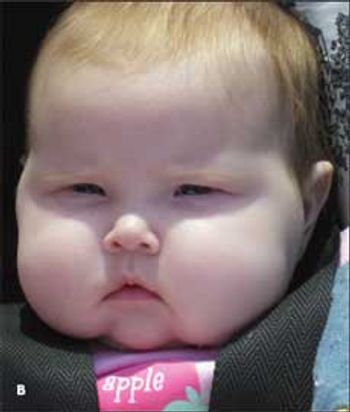
In his Dermclinic case in the March 2009 issue of CONSULTANT FOR PEDIATRICIANS (page 77), Dr Kirk Barber discusses juvenile plantar dermatosis (JPD). A very simple treatment for this condition is the use of a home foot spa, in which wax is melted and the foot immersed according to the directions included with the device. Following the wax immersion procedure, the patient should apply a good lotion. JPD can be remedied or at least controlled with this treatment.
